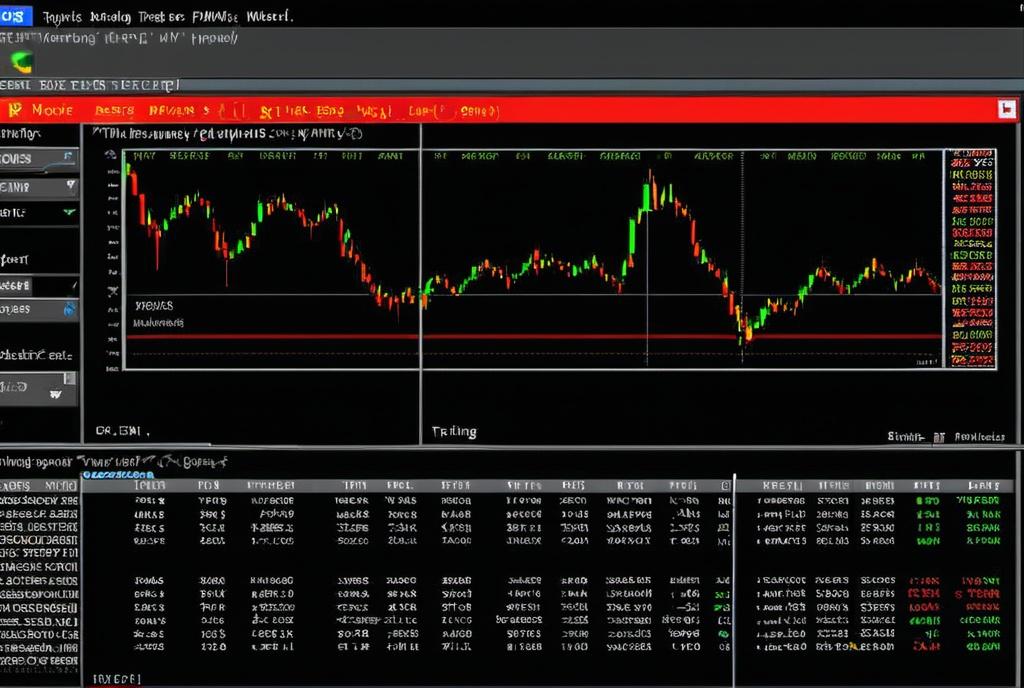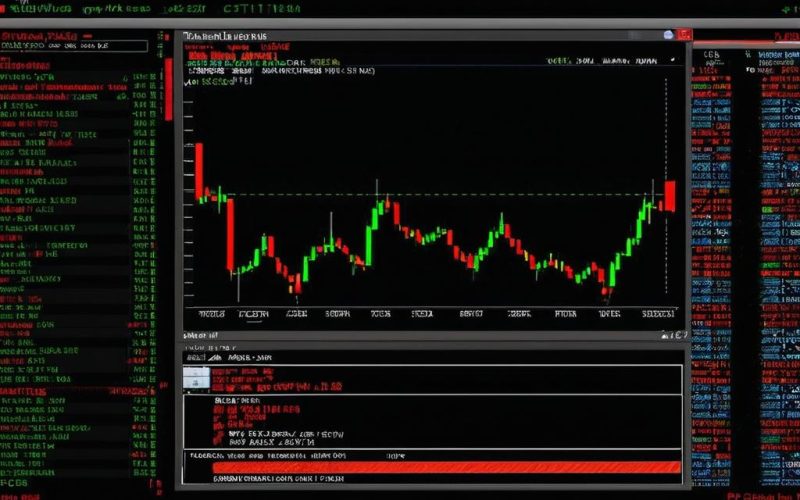Key Take Aways About Futures Trading
- Futures trading involves buying or selling standardized contracts for assets at a predetermined future date and price.
- Traders can leverage futures for potentially high profits or losses, going long or short based on market predictions.
- HIT software is essential for real-time data, analytics, and risk management in futures trading.
- Effective risk management tools include stop-loss orders and diversification.
- The futures market is usually liquid, facilitating easy entry and exit from trades.
- Successful futures trading requires strategy, understanding, and active use of trading tools like HIT software.

Understanding Futures Trading
Futures trading, with its mix of risk and strategy, opens the door to unique trading opportunities. Futures are standardized contracts obligating the buyer to purchase, or the seller to sell, an asset at a predetermined future date and price. Sounds straightforward, right? But like a game of Monopoly, it’s all fun and games until Uncle Larry lands on Boardwalk with a hotel.
The Basics of Futures
Futures contracts stem from the commodities market, allowing traders to bet on the future price of everything from wheat and oil to financial indices and metals. Their standardized nature means that they trade on exchanges and are subject to the regulations of those exchanges. It’s not just for seasoned traders, even your newbie investor might dip their toes in once they figure out it’s not just about corn and cows.
Why Trade Futures?
Predicting market movements can lead to profitable outcomes. Futures provide leverage, which means you can control large positions with a relatively small amount of capital. Of course, this leverage can also amplify losses, so it’s not precisely a risk-free picnic. There’s also the ability to go long or short, meaning you can potentially profit from both rising and falling markets. It’s like the stock market’s evil twin—the one who knows how to have fun.
Use of HIT Software in Futures Trading
Let’s chat about HIT software, the unsung hero in the futures trading saga. With a multitude of features, it stands as a vital tool for traders. This software isn’t a boring spreadsheet; it’s like having a sidekick constantly crunching numbers and analyzing trends.
The software offers real-time data, which is crucial for futures trading. Market conditions can change faster than your favorite streaming service’s content lineup, and HIT software ensures you’re in the know, always. It provides detailed analytics, risk assessment tools, and customizable trading strategies to match even the quirkiest trader’s style.
Risk Management
One of futures trading’s most crucial aspects is managing the risk effectively. You’d think this is common sense, but many traders find themselves in a sticky situation because they didn’t manage their risk properly. Stop-loss orders, position sizing, and diversification are some tools that can help mitigate risks. With HIT software, risk management becomes less of a guessing game and more of a controlled strategy.
Practical Example
Say you’re trading soybean futures because, why not? You believe the price will increase due to an expected shortage. You enter a long position using HIT software, which helps by automatically updating your position with real-time market conditions. As the price moves in your favor, the software assists in setting stop-loss orders to protect your profits. You finally exit the trade with gains that fund your next impulsive IKEA trip.
Futures Trading and Liquidity
The futures market is usually liquid, meaning it’s relatively easy to enter and exit trades. Liquidity ensures that there are always buyers and sellers so you’re not stuck like a deer in headlights. HIT software helps identify the most liquid contracts, aiding better decision-making.
Final Considerations
While futures trading can be lucrative, it’s not a ‘get rich quick scheme.’ Success requires understanding the market, having a robust strategy, and effectively utilizing tools like HIT software. It’s like that gym membership you keep renewing—you won’t get results just by paying for it; you gotta put in the work.
Armed with a strong understanding and the right software, you’re set to venture into futures trading. It’s a game of strategy and patience, with a side of calculated risks that could just lead to financial gains. Just remember, the market doesn’t owe you anything, but with effort, it might just oblige.
